Two-way radios are essential communication tools for a wide variety of scenarios, from outdoor adventures to professional operations like event management or security. However, the signal range can mean the difference between clear, seamless communication and lost connections.
By knowing how to find the signal range of your two-way radios, you can maximize their potential, improving functionality while ensuring their reliability in critical situations. This guide will walk you through all you need to know to make sure your equipment is operational when it matters most.
What Is Signal Range?
At its core, the signal range of a two-way radio refers to the maximum distance at which two devices can communicate effectively. This range determines how far apart users can be while maintaining clear contact.
However, the stated range on a radio’s packaging doesn’t always match real-world performance. Manufacturers often test in ideal conditions, such as open fields without obstacles, which means real-life results can vary significantly.
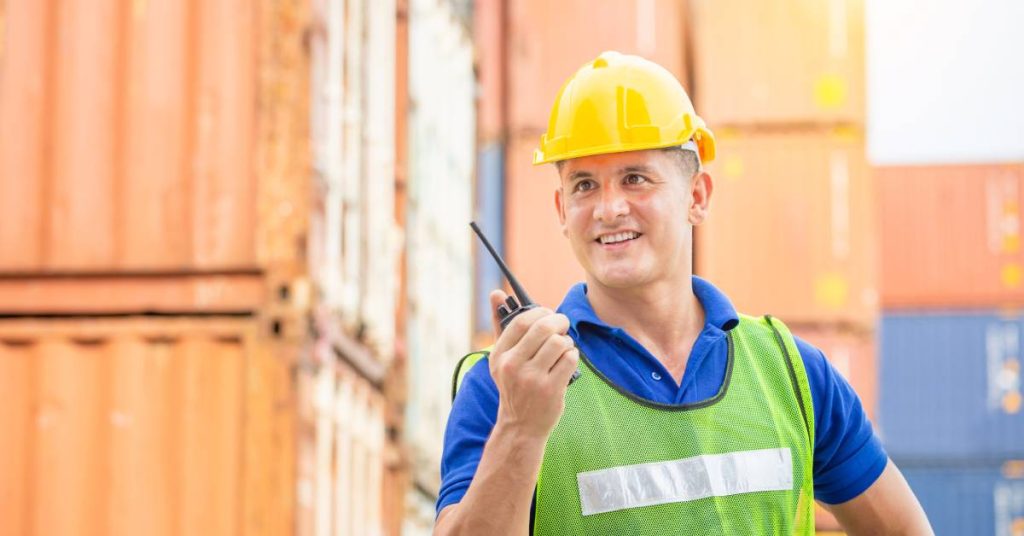
Real-World Scenarios Where Signal Range Is Crucial
Two-way radios are useful in a wide variety of situations. Here are some of the times when having a reliable communication signal is beneficial.
Outdoor Adventures and Hiking Trips
When exploring remote areas or embarking on outdoor adventures, reliable communication is essential for safety and coordination. A sufficient signal range allows you to stay connected with your group and summon help if needed.
Construction Sites and Industrial Settings
On construction sites and in industrial environments, clear communication between team members is crucial for coordination and ensuring the smooth execution of tasks. A robust signal range keeps workers connected across large and complex job sites.
Event Management and Security
Signal range plays a vital role in event management and security operations. Event organizers and security teams rely on effective communication to ensure the safety and well-being of attendees. A wide signal range allows for seamless coordination and quick response during emergencies.
Campground and RV Travel
Whether you’re camping or traveling in an RV, a reliable signal range is essential for maintaining communication with your group, accessing emergency services if needed, and staying informed about weather updates or other important information.
Outdoor Sports and Recreation
Signal range is crucial for outdoor sports enthusiasts, such as mountain bikers, hikers, and trail runners. Proper range keeps people connected with their fellow adventurers and allows them to seek assistance in case of emergencies or unexpected situations.
Remote Working and Telecommuting
In today’s increasingly remote work landscape, clear communication with colleagues and clients is vital. A strong signal range allows remote workers and telecommuters to stay connected, collaborate effectively, and maintain productivity, regardless of their physical location.
Understanding the importance of signal range in these real-world scenarios helps individuals and organizations make informed decisions when selecting two-way radios.
How To Measure the Signal Range of Your Two-Way Radios
Every user’s environment is unique, which means it’s worth measuring your radio’s actual signal range to make sure it meets your needs. Here are three methods you can try.
Field Tests
The simplest and most accurate way to measure your radio’s signal range is to do a field test. Select an open area free of major obstructions like mountains or buildings, then start with two radios in close proximity and gradually move them apart. Use the radios to communicate and note the distance where the connection begins to weaken or drop out entirely. Document your findings for future reference when planning communication setups.
Signal Strength Meters
Some radios come equipped with signal strength meters, allowing you to see how environmental and operational factors influence performance in real time.
Manufacturer Specifications
Reviewing the manufacturer’s specifications can give you a general idea of your radio’s capabilities. While not a substitute for real-world testing, this can serve as a baseline when troubleshooting signal issues.
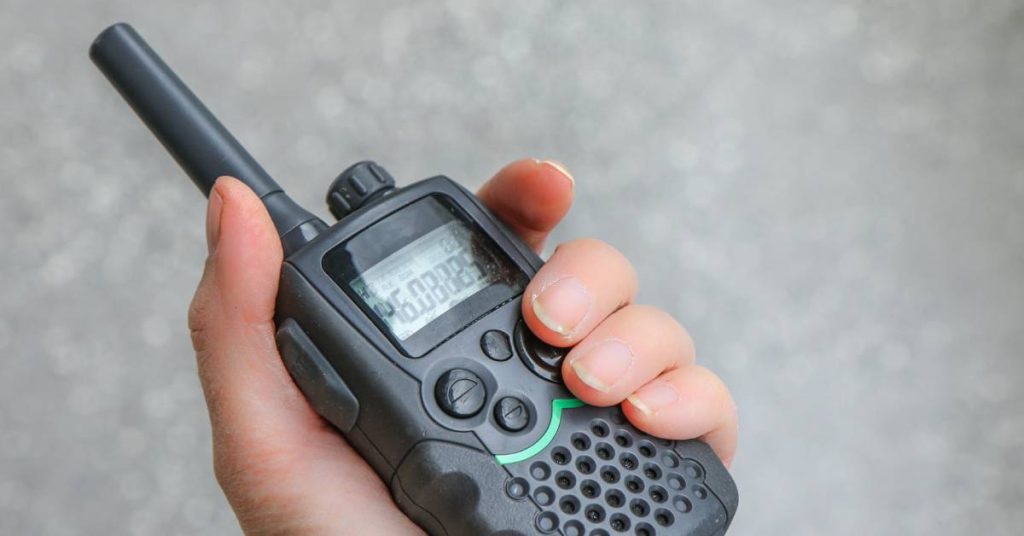
Key Factors That Affect Signal Range
Understanding what limits the signal range of your two-way radio helps you diagnose performance issues and make the most of your device.
Environmental Factors
- Obstructions: Trees, buildings, and hills block radio signals. Urban areas with many tall buildings tend to allow shorter ranges compared to open countryside.
- Weather: Rain, snow, and high humidity can weaken signals, leading to reduced range.
- Line of sight: Two-way radios perform best when users have a direct line of sight without physical obstacles.
Hardware Factors
- Antenna quality: The type, size, and quality of the antenna play critical roles in signal transmission.
- Battery life: Weak batteries may result in weaker transmission power. Keep batteries charged to ensure optimal performance.
- Frequency type: VHF (very high frequency) radios work better in open outdoor spaces, while UHF (ultra high frequency) radios penetrate walls and other obstacles more effectively.
Operational Factors
- Usage habits: Avoid standing near large metal objects or placing your radio near electronic devices that may interfere with signals.
- Channel selection: Crowded channels may have interference, so use less congested frequencies when possible.
- Distance: The further users are from one another, the harder it is to maintain a clear signal. Pay attention to manufacturer recommendations regarding signal range during operation.
How To Enhance the Signal Range of Your Two-Way Radios
If you’re experiencing limited range with your radio, here are some tips to boost performance:
- Upgrade the antenna: Invest in a high-gain antenna to increase the strength and reliability of your signal, especially in challenging environments with obstacles.
- Use a repeater: A signal repeater can extend the range by receiving weak signals and retransmitting them at higher power. This is especially useful for larger areas like warehouses or campus environments.
- Optimize placement: Always hold the radio upright when using it, as the antenna works best when vertically aligned. When using stationary setups, place radios or antennas at high points to improve line of sight.
- Switch to higher frequencies: Opt for VHF signals outdoors and UHF signals indoors to optimize the range based on your specific environment.
- Maintain the equipment: Clean your radios and antenna connections to prevent any impact on performance, and replace old or damaged components when needed.
By adhering to these best practices, you can get even more out of your two-way radios, no matter what the environment looks like.
Improve Your Communication Today
Understanding how to find the signal range of your two-way radios can redefine how you communicate. Whether you’re coordinating a large-scale event, exploring the great outdoors, or tackling operational challenges in your business, these devices can make a huge difference in your overall success.
For those who operate using two-way radios, having reliable power is essential. An XPR 3500 battery from Battery Distributors is an affordable solution for dependable operation in the field. Check out our online inventory today or reach out to our team to see how we can help you stay in touch when it matters most.



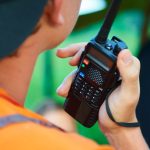
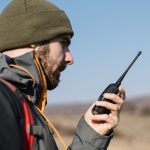

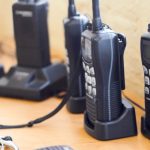
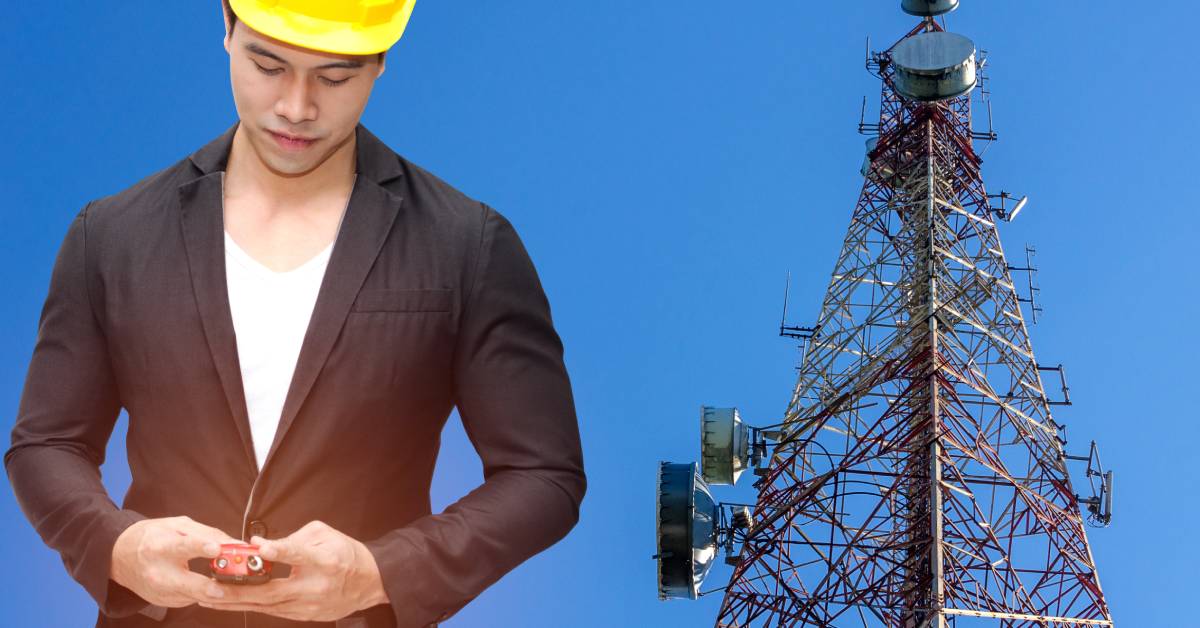
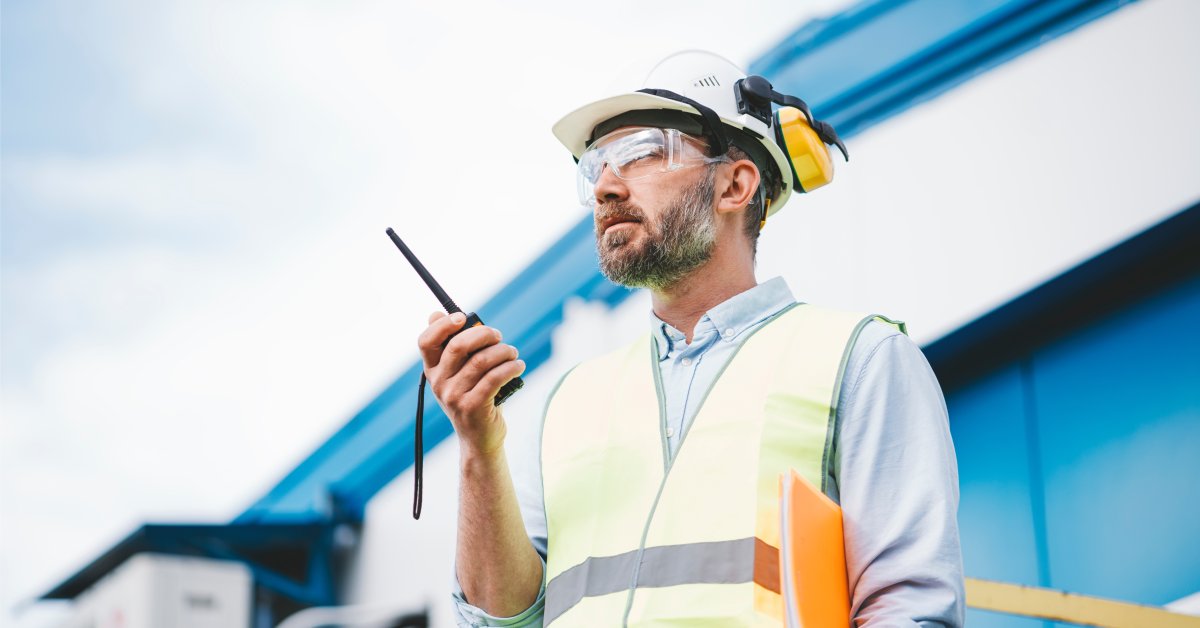

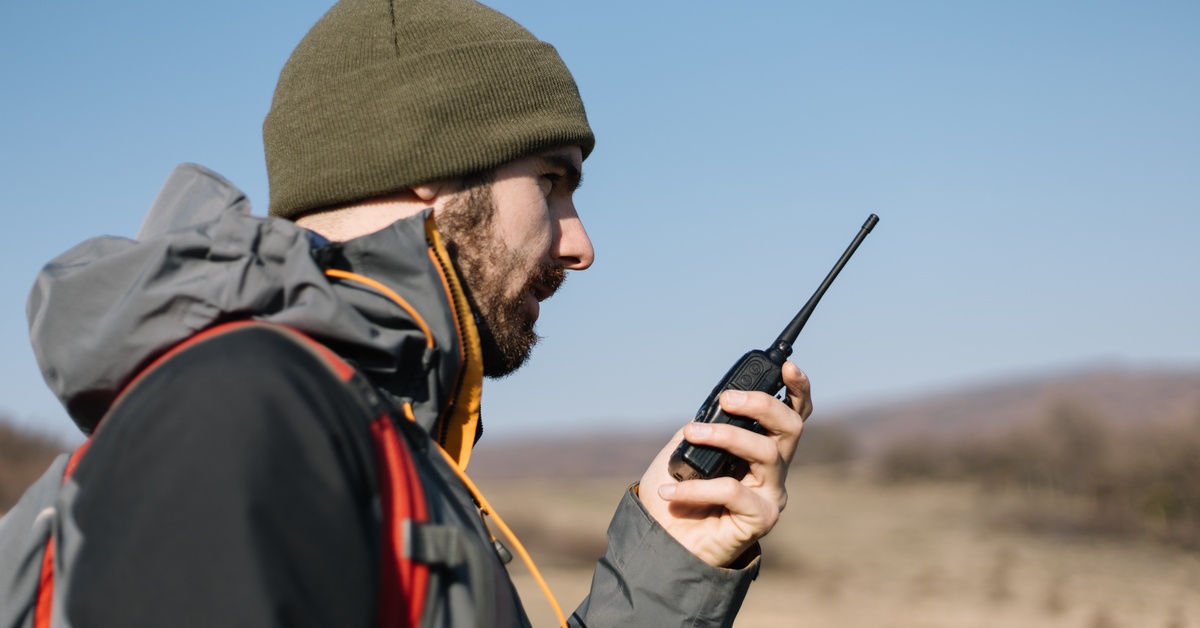
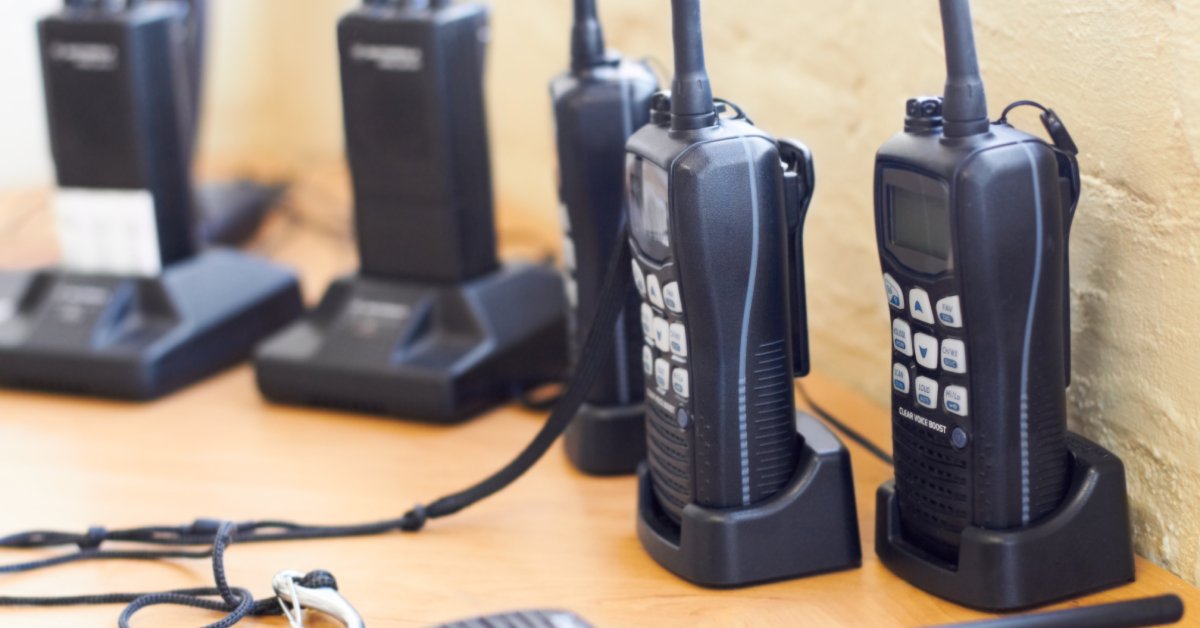
3 thoughts on “How To Find the Signal Range of Your Two-Way Radios”